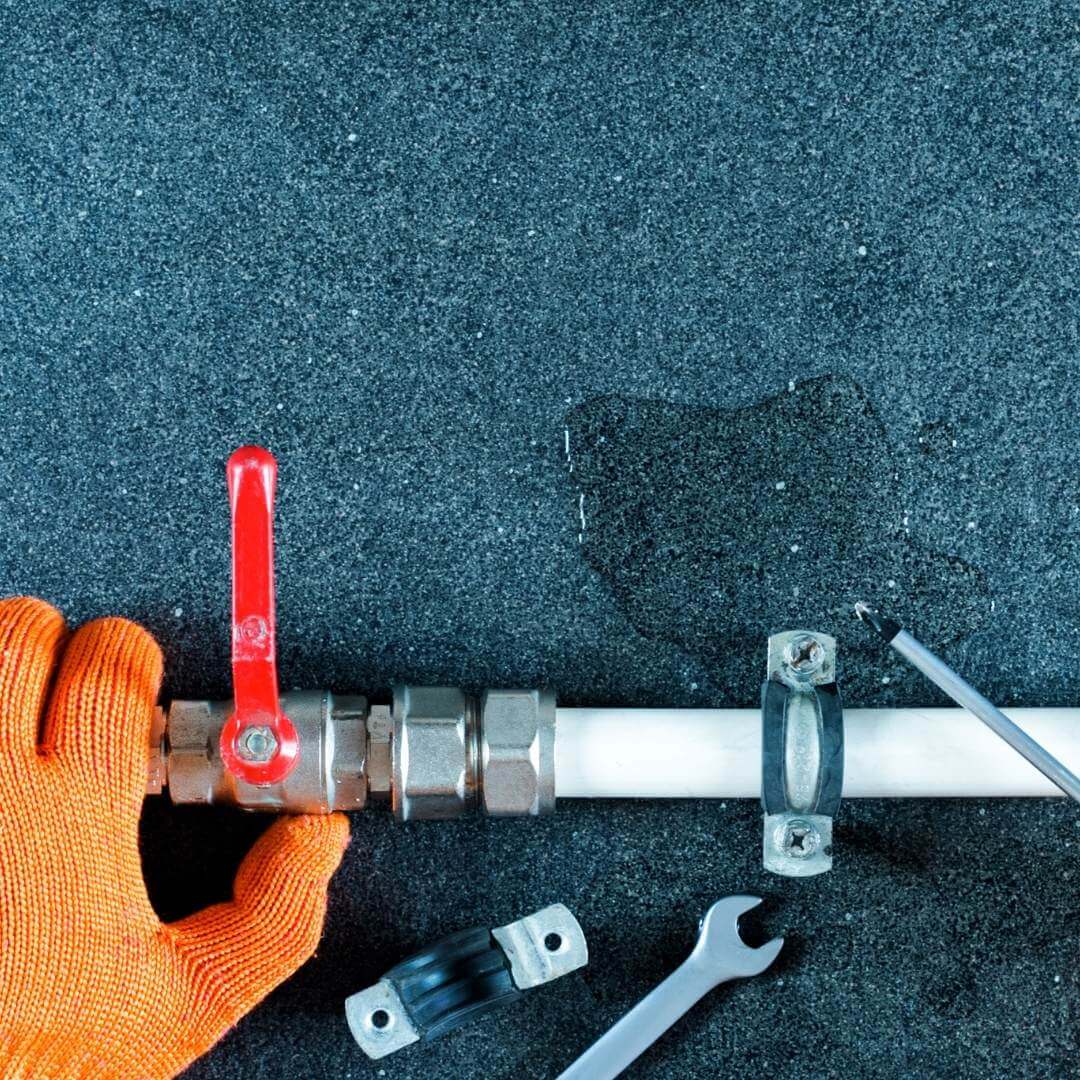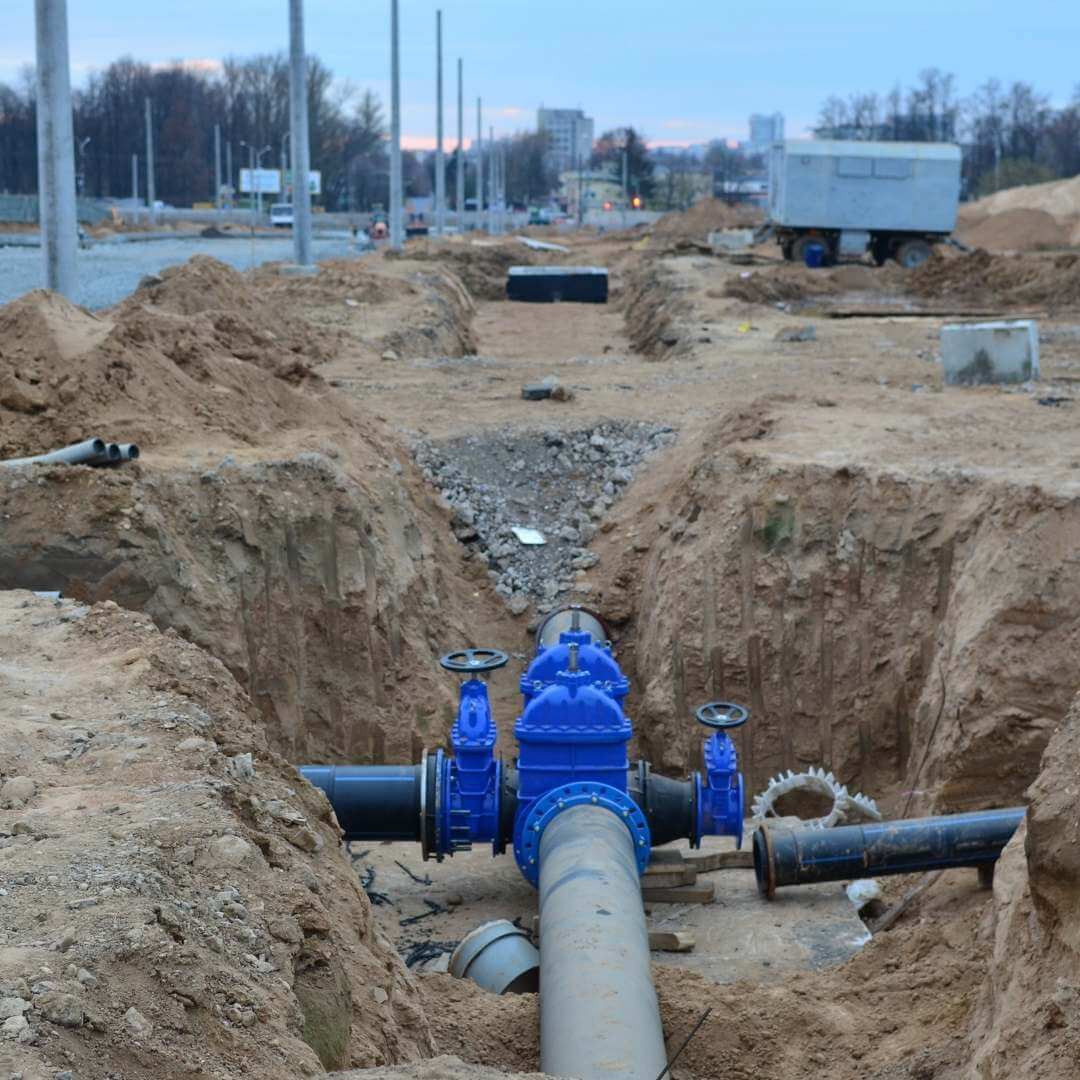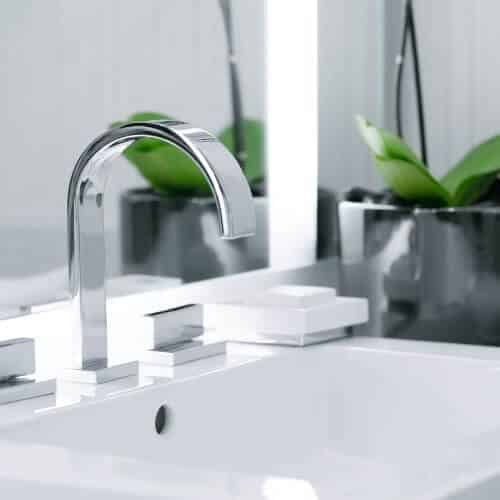Imagine that you get out of bed, go to the bathroom to brush your teeth, or wash your face. But when you turn the faucet on, no water comes out. You’ve never experienced this before; therefore, you think this is a pretty weird circumstance. There isn’t always a straightforward explanation when there is no water in a bathroom but everywhere else flows without any issues.
Establishing the cause of this water loss is important before trying to fix it. Therefore you need a quick diagnostic technique to identify the issue.
You might be able to isolate the issue to a specific faucet or fixture in some situations, but in others, you might need to evaluate the entire water supply system.
Identifying the issue

You shouldn’t have to search past the fixture itself to find the issue if only one faucet or fixture in the bathroom has no water. Instead, aerator or valve blockages or improper temperature limiter adjustment are likely to be the cause.[1]
If more than one fixture is impacted, you might also notice water loss in other house areas. In this case, the root of the problem is probably a partially closed valve or an obstruction in the main supply pipe. A leak can affect a single fixture or a large number of them. Leaks can typically be detected by checking for pooled water or wet drywall.
Water Loss at a Single Fixture
Mineral deposits may have clogged the valve or the aerator if the pressure at a single fixture is lower than expected. Unscrew the aerator to access its interior for inspection.
If you notice any white deposits, you can wash them away with water or dissolve them by soaking the aerator in white vinegar.
White vinegar works well to remove deposits from valve mechanisms. However, the temperature limiter may not always be properly adjusted, which results in low pressure. After removing the faucet handle, you can manually adjust the limiter.[2]
Water loss across the entire bathroom
A leak in the water supply to the bathroom is the cause of the complete water loss. This problem might also spread to fixtures in other rooms.
For example, a simple valve that someone partially closed and then forgot to reopen, possibly to conduct a repair, could cause a blockage.
As rust and minerals impede the hot water output, obstructions also occur around aging water heaters. In most cases, this can be fixed by shutting off the heater and letting the water cool and then flushing the system. Clogging might also result from the air in the pipes.
Opening every faucet in the home simultaneously while flushing the toilets is a common way to purify the air.[3]
There’s no water in bathroom but everywhere else flows. So what could be the problem?

The kitchen and bathroom appliances are more advanced than ever. Therefore, it might be challenging for the typical homeowner to troubleshoot them when they fail.
Below are the most common causes of the bathroom’s lack of water and the most effective solutions for each problem.
1. Waterline Issues
Waterline problems might occasionally be the cause of a faulty faucet. First, check to verify if the other faucets in the house are functional. Asking a few neighbors if they still have flowing water is also a smart idea.
If no one has access to running water, the main water supply might be at fault. If so, you might want to contact the water provider to ask them to investigate the problem for you.
2. Faulty Water Valves
Each water device in your home receives water through valves. Faucets and baths will cease working if the valves are closed or damaged. Checking the valve to ensure it is fully open and operating as intended is the easiest approach to figure out whether this is the problem.
If it’s not, you should ask the plumber for guidance. If you reside in an apartment, consider asking your landlord where your specific valve is.
3. Dislodged Tap Washer
A faucet may occasionally stop operating if the tap washer becomes loose or sustains damage. When this occurs, you might notice that the tap starts to drip intermittently. Check if all of the taps in the house are functioning before assuming that this is the problem. Then, consider examining the tap washer and, if necessary, replacing it immediately.
4. Frozen Pipes
Frozen pipes can hinder water from getting into the house. This problem might only affect your home’s main water line, or it might affect other nearby homes as well.
If your property has been vacant and no water has been used in a few days, you may have water problems. This is particularly the case if you live in a region where temperatures can drop below zero. Luckily, you can defrost pipes using a heat gun or hair dryer. However, proceed with caution because ruptured pipes could seriously flood your house.[4]
5. Water Leaks
Your faucets might cease functioning if you have leaks in the plumbing system. If not immediately fixed, water leaks lower water pressure and can result in serious problems.
Follow the water supply lines inside and outside your home to look for leaks. Look beneath your faucet for any moist places, leaks, or traces of water drips. If you discover any leaks, you’ll need to call a plumber to have the lines fixed or replaced.
6. Old and Rusted Pipes and Components
There is always a chance that the pipes supplying your water are ancient or the wrong size for your property if your house is more than 150 years old. Check your home’s alternative water sources to see if they are operational.
Rust buildup in improperly installed or old pipes can cause them to stop working. Rust can also result from the faucet’s regular use, which can corrode and clog the water line with silt. If this is the issue, consider contacting a qualified plumber to resolve it.
7. Airlocks in the pipe system
If an airlock bubble develops in your plumbing system, it could be difficult to remove it. If you don’t correctly fix this issue, water won’t flow through your plumbing system. To remove the airlock, you’ll need to clear your water line or you get a qualified plumber to do it for you. [5]
8. Clogged Pipes
Usually, very little or no water will flow from the faucet when a water line is blocked. If you also discovered that the water is no longer flowing from all of your other water sources, obstacles or sediment buildup may have caused the clogging of the pipes.
Lime buildup and heavy metal deposits can also choke pipes. In this scenario, contact a plumber to help you out. The plumber will perform a video examination to find and remove any obstructions.
What causes loss of water in only one faucet?

Most frequently, problems with the aerator are to blame when low water pressure just affects one faucet. Due to the accumulation of debris from hard water or lime, aerators can block. Run both cold and hot water concurrently through each faucet in your house to see whether this is the problem.
If only one sink exhibits low water pressure, the aerator is probably clogged, or the faucet cartridge may be blocked in some circumstances.
You can untwist the aerator from the faucet, clean it, and then reattach it if it is clogged. But if the cartridge is broken or blocked, you’ll have to take the tap apart to fix it.
The best way to remove sediment from water pipes
Cleaning the water supply line is the quickest and simplest way to remove the accumulated silt and debris. Start by switching on the cold water at all the taps in your house to clean your pipes.
Make sure to fully open the faucets and let them flow for 20 to 30 minutes. You should observe that the water clears up as it flows. If it doesn’t, try it again.
It is recommended that you flush out your water pipes every 18 to 22 months to prevent avoid silt buildup and potential obstructions [6].
Can an airlock self-clear?
It depends on the size of the airlock. A small airlock may occasionally self-clear. But persistent airlocks must be manually removed. Attaching a water hose to the tap with the airlock is the quickest approach to get rid of it. Attach the other end to a working tap after fastening the hose to the faucet.
To prevent air leaks into the line when you turn on the water, ensure the water hose is securely sealed around the taps. Then, to build pressure inside the pipe, turn on the tap without the airlock at full blast.
The airlock should be released by the pressure, allowing the water to flow smoothly once more. It’s preferable to let the water run for two to ten minutes to let the pressure out. Consider calling a plumber for assistance if the airlock is still present after 15 to 20 minutes.
Dealing with a Leak
The worst-case scenario is that a leak is to blame for the water loss. If this is the case, it is likely to be a rather large leak, making it simple to find. Water leakage can quickly damage the framing, walls, and flooring in your house. Therefore, it is crucial to turn off the water supply as soon as you notice a leak in your pipes.
To reach the problematic pipes, you might need to remove some drywall. Once they are reachable, it is frequently possible to install a compression coupling to stop the leak. Such coupling does not require soldering. However, you will need to hire a plumber to remedy a leak from an elbow or a complicated fitting like the shower valve.
No water in the showerhead

Your shower faucet not working properly could be caused by several different problems. Of course, having a working shower is essential, so the sooner the problem is fixed, the better. Determine first whether the issue is with the water supply to your shower, the entire bathroom, or the entire house. Are the taps functional across the remainder of the house?
If none of the taps are producing water, there may be an issue with the house’s water supply. First, verify that there are no leaks. Next, ensure there isn’t any standing water, leaks, or recent water damage to the walls or ceilings. You might need to consult a plumber if you discover any of these problems.
If that isn’t the issue, try turning on the shower faucet before turning on the other taps in your house. Most likely, the problem is with the water heater if the water will flow but not heat up.
Confirm that it is operating and not leaking. It is also likely that sediment accumulation at the tank’s bottom is the cause of these malfunctions. If the water heater hasn’t been flushed in a while, get in touch with an expert plumber for assistance with the flushing or other repairs.
Read Also: Common Plumbing Issues in Apartments
Conclusion
You can see that there are numerous potential causes for your shower’s failure to function as it once did. Call a plumber if basic troubleshooting doesn’t solve your shower problem. This is even more crucial if the variable water temperature is the issue.
Scald burns can result from a shower that suddenly switches to hot water. Don’t let a broken shower endanger the well-being and security of your family! Contact a plumber immediately so they can assist you in fixing the issue before it worsens.

Michael Davis is a heating & plumbing expert who currently works as independent contractor in SC. He also writes for Plumbertip.
For almost 10 years he worked on various plumbing tasks across South Carolina.


